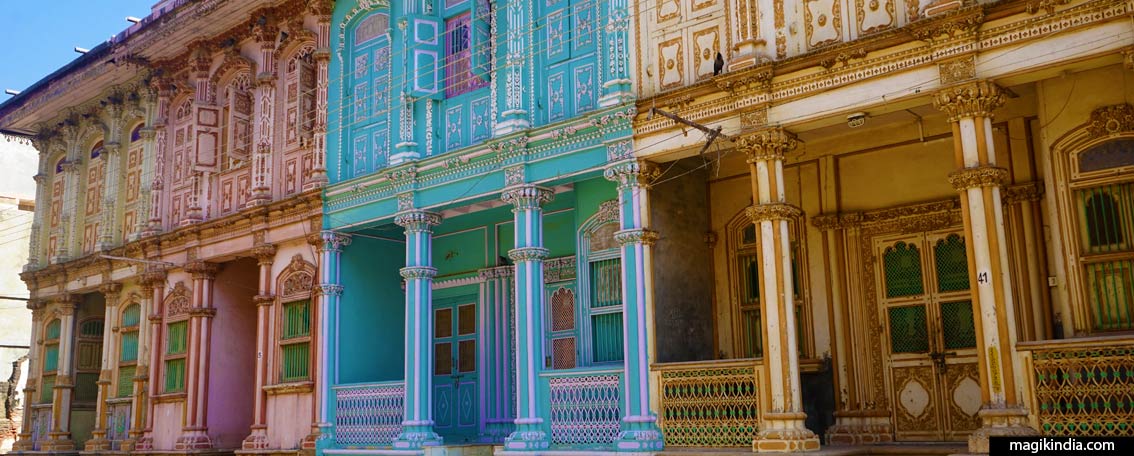
Siddhpur, a Matru-Shradh place in Gujarat
Siddhpur “the pious” is a surprising town, on the banks of the Saraswati river. Its sacred atmosphere is rather reminiscent of Varanasi while the mansions of the Bohra merchants immerse you in the totally different atmosphere of Victorian era.
A little history
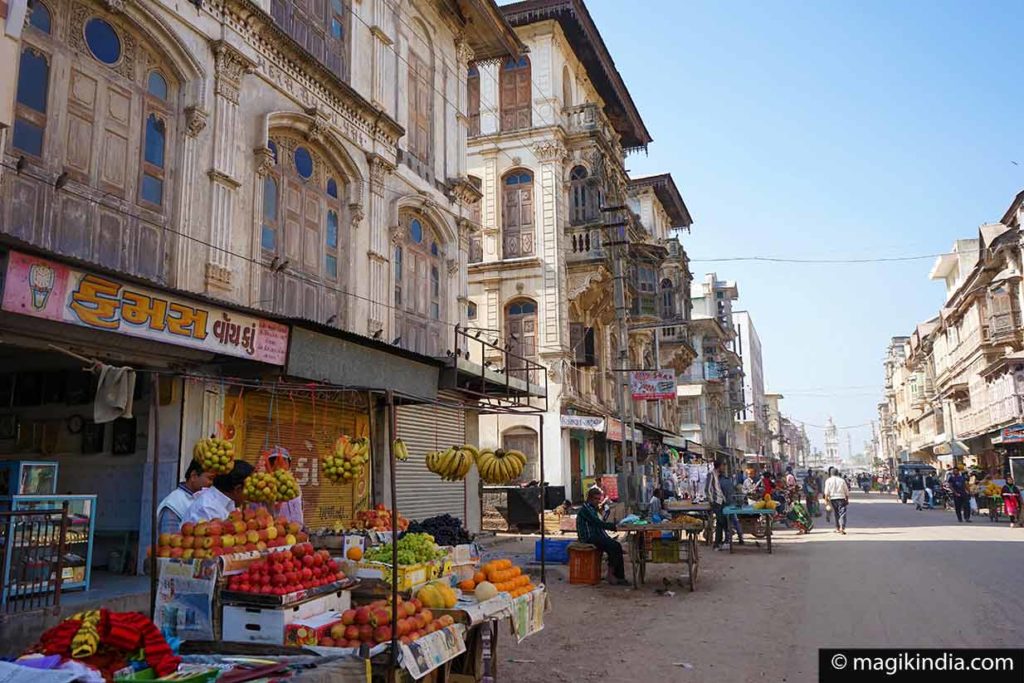
Siddhpur literally means “Siddhraj’s town”, referring to the 10th century Solanki ruler Siddhraj Jaisingh. The town was at the peak of its splendour under his rule. He built a magnificent temple to Shiva called Rudra Mahalaya, though it is now in ruins (see below).
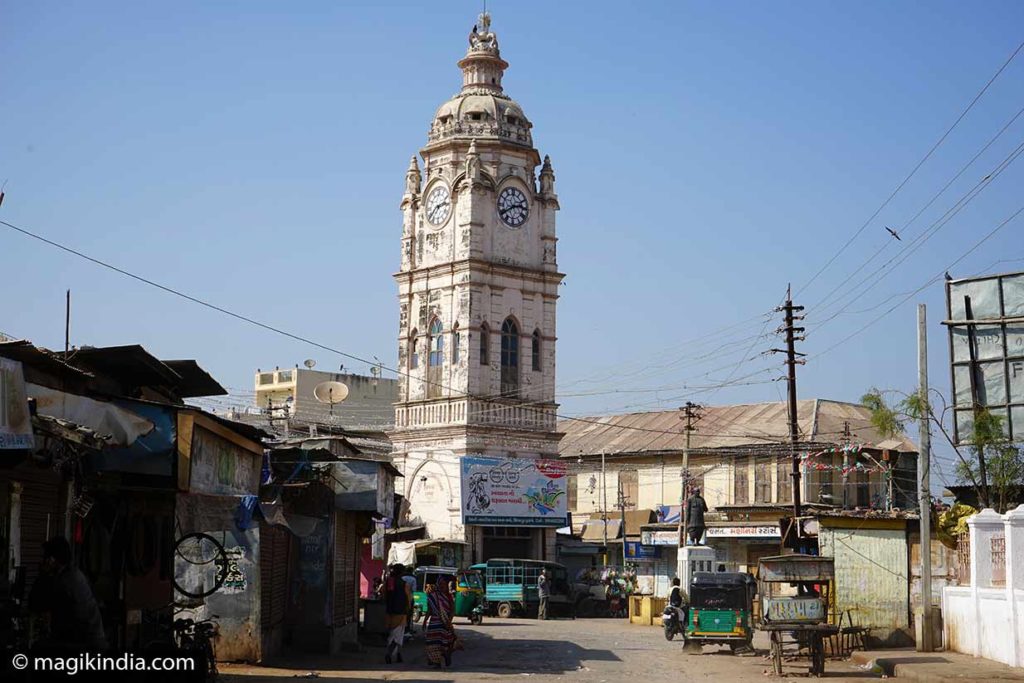
In the 12th century Muhammad Ghori destroyed the town on his way to Somnath and putting an end to the Solanki dynasty.
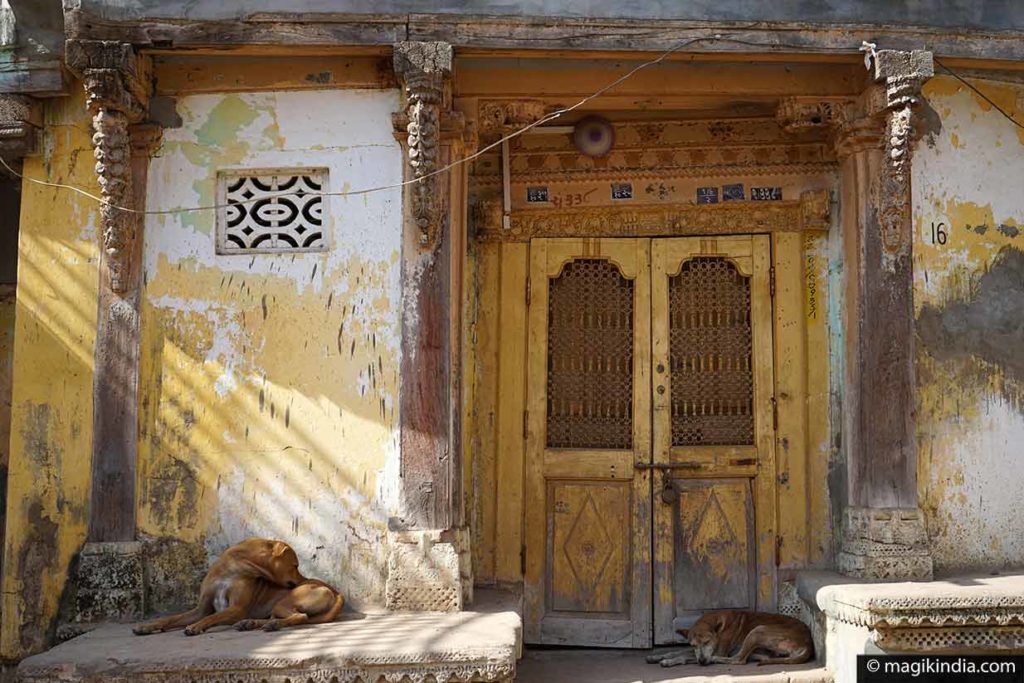
Siddhpur, Sri-Sthal
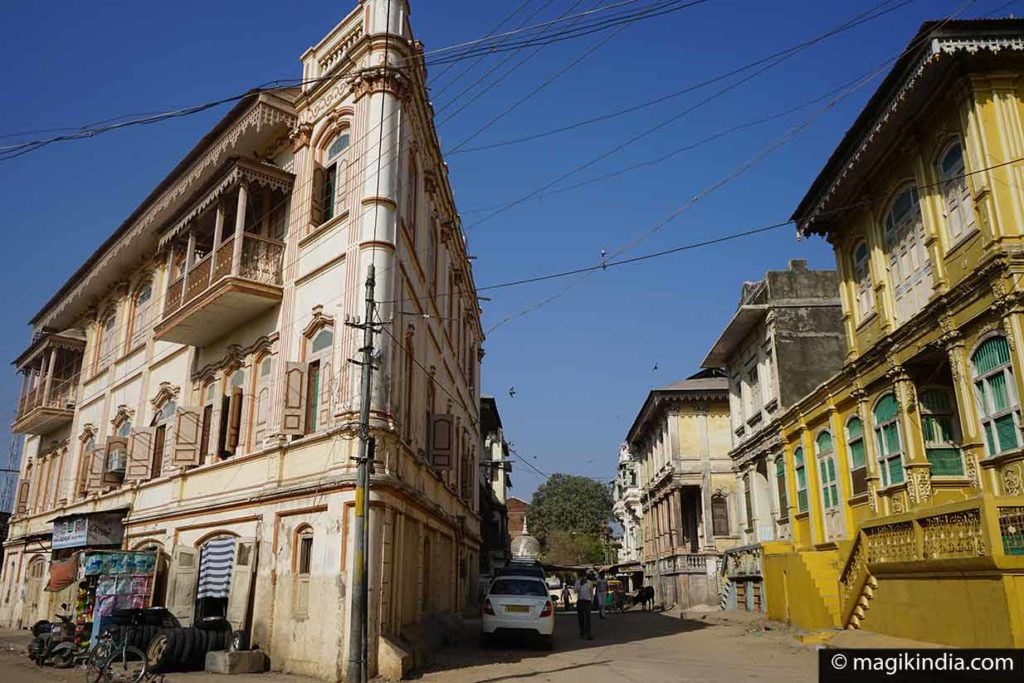
Siddhpur is mentioned in the Vedas as Sri-Sthal or “pious place”. The great Mahabharata epic mentions that the Pandavas brothers visited it while in exile.
The city boasts one of Hinduism’s five most holy bathing places or theerthas. It is called Bindu Sarovar; the others are Manas Sarovar in Tibet, Pushkar Sarovar in Rajasthan, Narayan Sarovar in Kutch (in Gujarat) and Pampa Sarovar in Karnataka.
Siddhpur also boasts five Swayambhu Lingams (lingams auto-manifested).
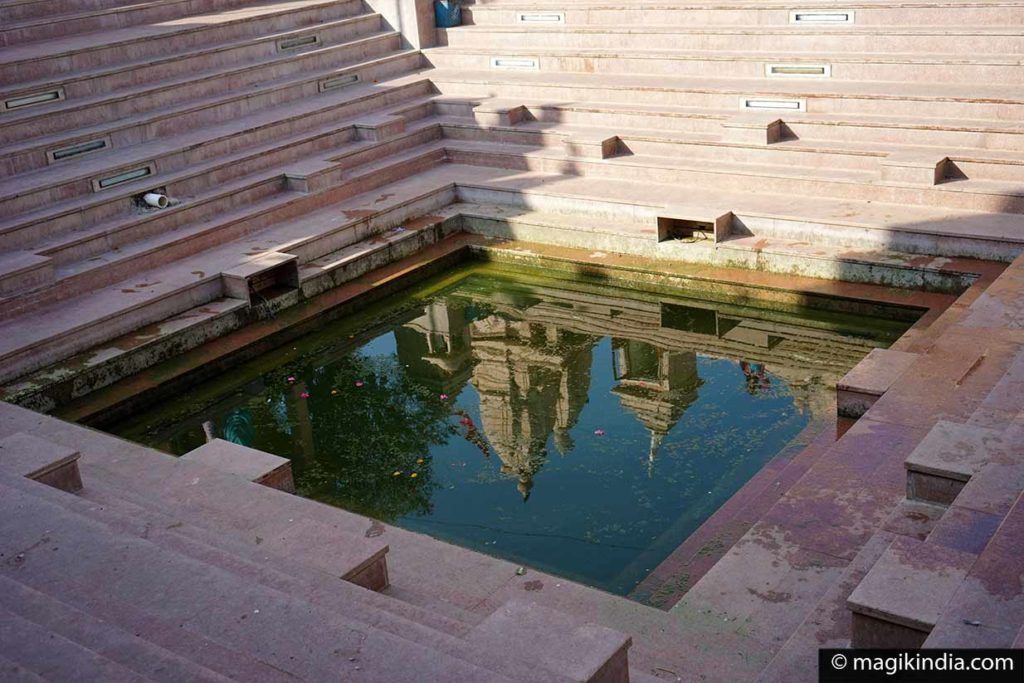
Rishi Kardama & Kapila Muni
The Bhagvata Purana, a collection of mythological texts, associates Siddhpur with Rishi Kardama who is said to have had his hermitage there, and his son Kapila Muni, who was born there on the banks of the sacred Saraswati river.
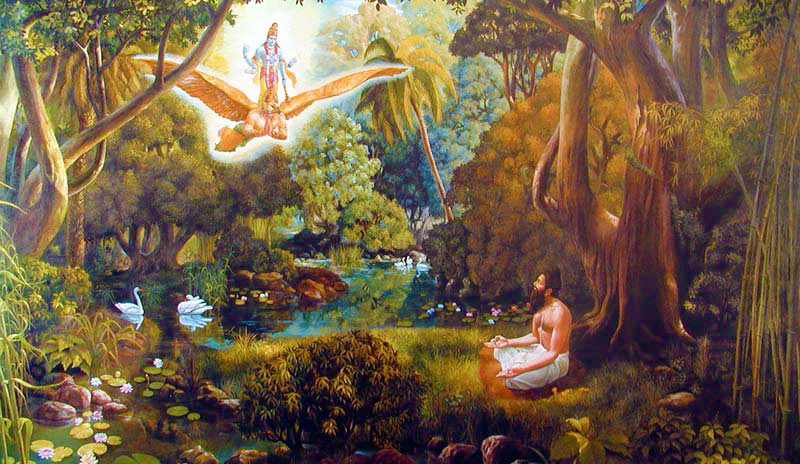
According to the legend, Kardama was the son of the god Brahma. He was a great sage and did penitence by the river Saraswati. After many years of austerities Lord Vishnu appeared to him and blessed him, saying he would soon have the opportunity to have a beautiful wife called Devahuti, nine daughters who would all bear future Rishis, and a son who would be the reincarnation of Vishnu. Lord Vishnu said that on the birth of his son, Kardama would have to leave again and spend his life in penitence to realise God.
The son of Kardama Muni and Devahuti was called Rishi Kapila. He was a sage of the Vedic period and founder of the Samkhya, one of Hinduism’s six classical schools. The Bhagavad Gita describes him as a hermit possessing highly developed siddhis or magic powers. Kapila is regarded as one of the incarnations of Vishnu.

When Kardama left Bindu Sarovar to become a monk, Kapila took over his father’s ashram. One day his mother Devahuti remembered that Vishnu’s purpose in reincarnating as Kapila was to once more spread the message of Sankhya Yoga, which is a combination of devotion and mystical realisation. She asked her son to teach her.
Once Kapila had transmitted spiritual understanding to Devahuti and the other ashram residents, he left Bindu Sarovar just as his father had done. Devahuti, following her son’s spiritual teachings, realised god in herself and was transformed into a sacred river called Gyanavapi where demi-gods and sages came to bathe for purification. The place became an important place of pilgrimage called Siddhpur.
Siddhpur, Matru-shradh place
Siddhpur is the only place in India where exclusively matru-shradh ceremonies are performed. A shradh is a Hindu ceremony for the salvation of deceased family members.
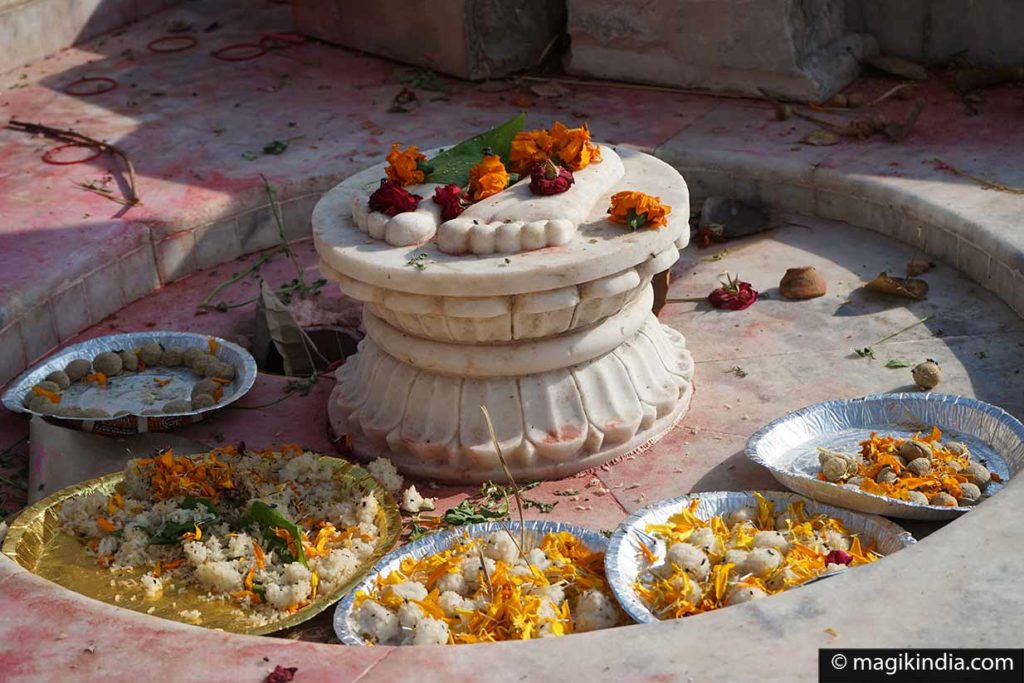
It is believed that the soul of a dead person wanders until this ceremony is performed. Once it has been performed, the person’s soul is satisfied and can obtain liberation (moksha).
What is special about Siddhpur is that the shradhs conducted here are exclusively for the benefit of deceased mothers (matru is Sanskrit for “mother”).
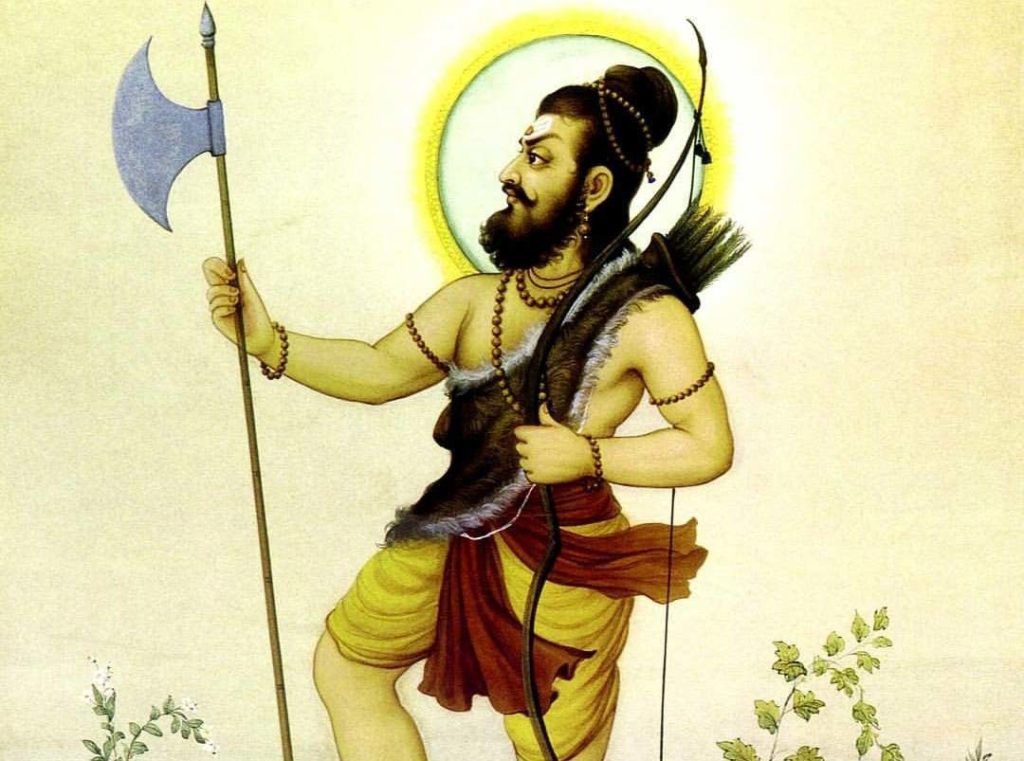
According to the legend, Parashuram, the sixth avatar of the Hindu god Vishnu, performed a pind daan or shradh for his mother Devi Renuka on the banks of the Saraswati at Siddhpur. Ever since, pilgrims have come to Siddhpur from all over India to perform this puja (ritual). At these ceremonies, balls of rice called pind are generally offered to the ancestors, whence the term pind daan.
Matru-shradh ceremonies take place by the Bindu Sarovar bathing tank at Kapilamuni ashram.
Bohra Havelis
Another distinctive feature of Siddhpur is the havelis (mansions) built by members of the Dawoodi Bohra muslim merchants.

The word bohra comes from the Gujarati word vohorvu, which can be understood as “trader”, and even today most members of the Bohra community work in commerce.
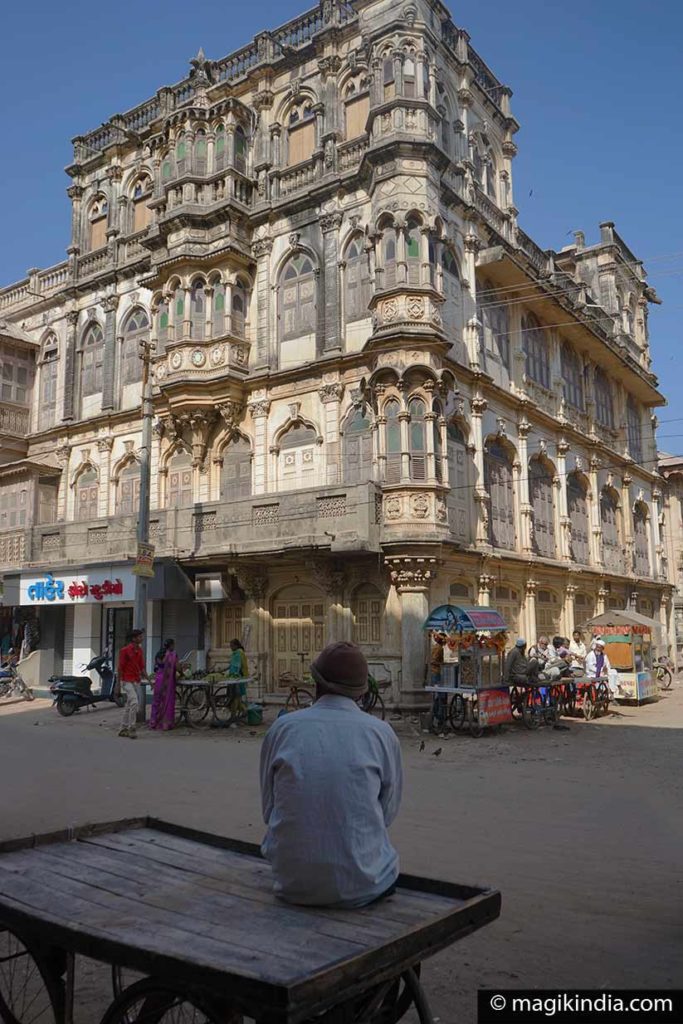
The builders of these 20th-century havelis took inspiration from Baroque, Gothic, Victorian and Art Deco architecture. Strolling in the Bohra district or Bohra Vad is a treat for the eyes.
Unfortunately, many of the Dawoodi Bohra have left Siddhpur for greener pastures and most of these fine houses are abandoned.
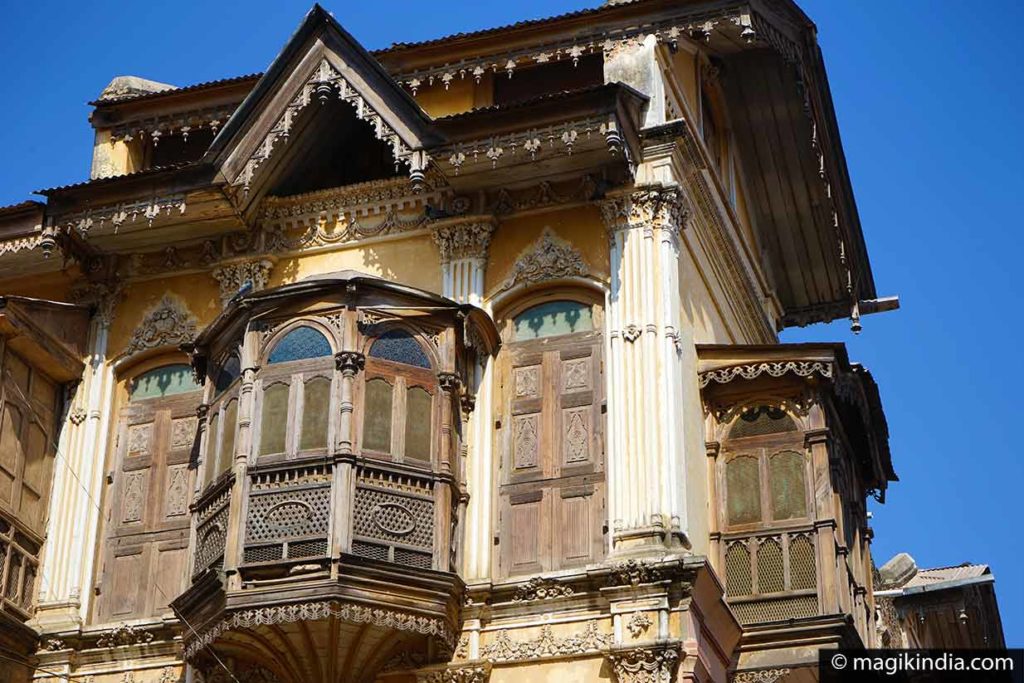
And now, let’s visit Siddhpur!
Rudra Mahalaya Temple
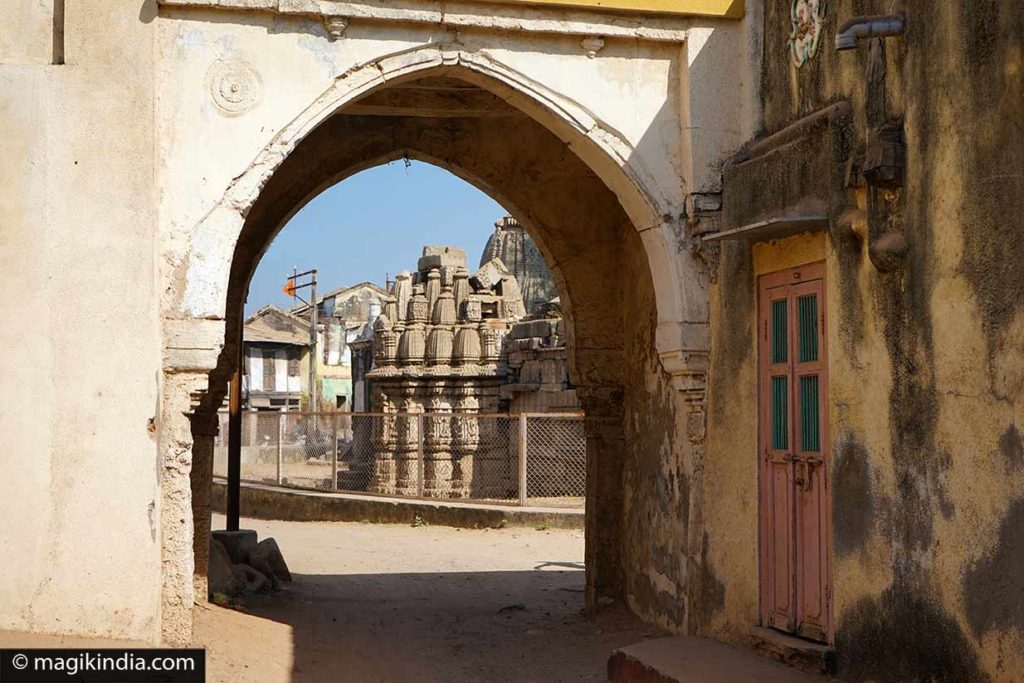
All that is left of this Shiva temple are its ruins, but one can imagine how magnificent it once was.
It was built by the Solanki ruler Siddhraj in the 12th century. It was an architectural wonder with a three-storey shikhara (spire), 1600 pillars, 12 entrances, a central hall or mandapa, porches on the east, north and south sides and an inner sanctum on the west side.

Around the temple are 11 shrines dedicated to Rudra. The temple boasted exuberant ornamentation, as can be seen from the detailed, elaborate sculpting of the pillars and the magnificent toran (arch), one of the few parts still standing.
Bindu Sarovar – Matrugaya tirth dam

Bindu Sarovar is one of India’s five most sacred bathing tanks.It is the place where matru-shradh ceremonies are performed for the souls of mothers.
Hindu mythology tells us that this is where the saint Sri Kapila taught his mother the path to liberation (moksha) though Sankya philosophy.
The central tank is the one that is supposed to be filled with the tears that Vishnu shed when he saw how Sri Kapila revered his mother.
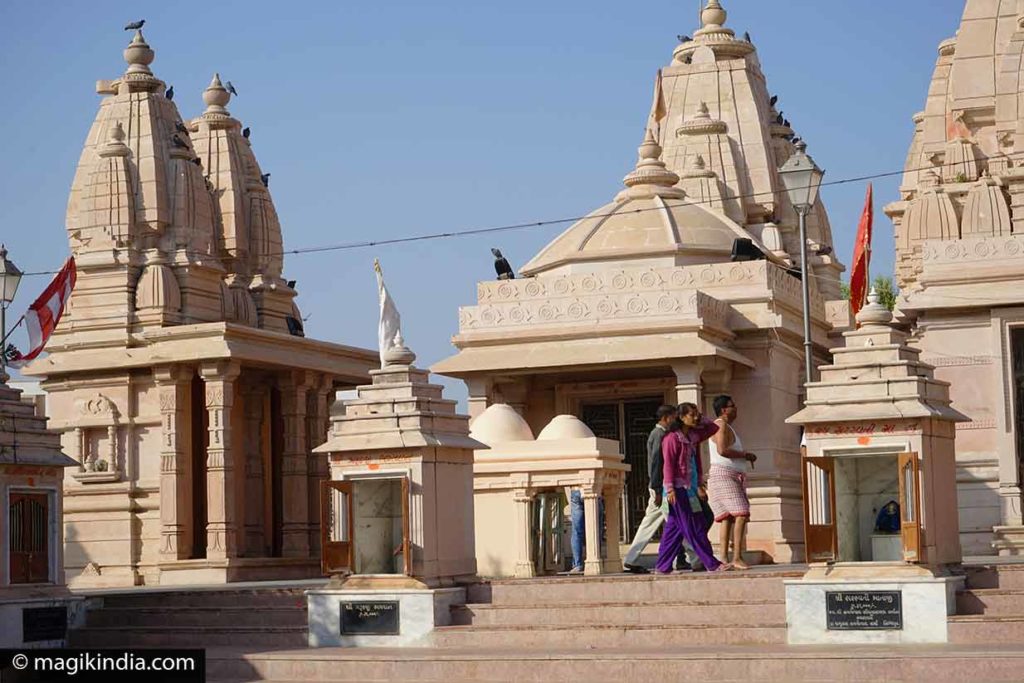
Siddheshwar Temple
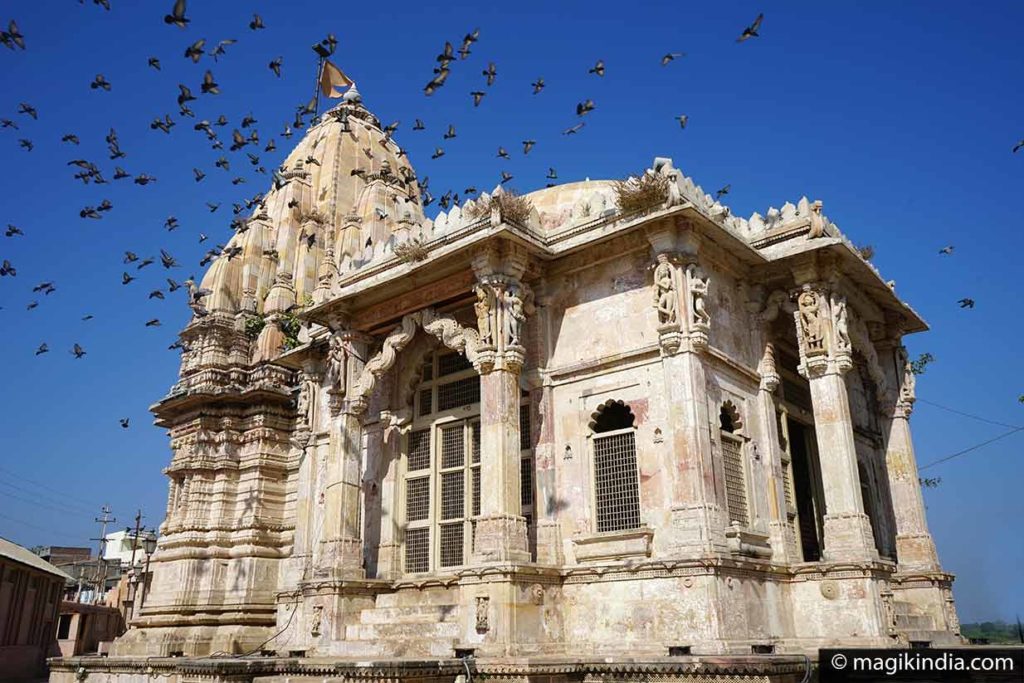
Siddheshwar Mahadev temple is located near the Bindu Sarovar. It houses one of the town’s five Swayambhu Lingams.
Pilgrims believe that bathing in the Bindu Sarovar and worshipping Lord Shiva at the Siddheshwar temple purifies them and grants them their wishes.
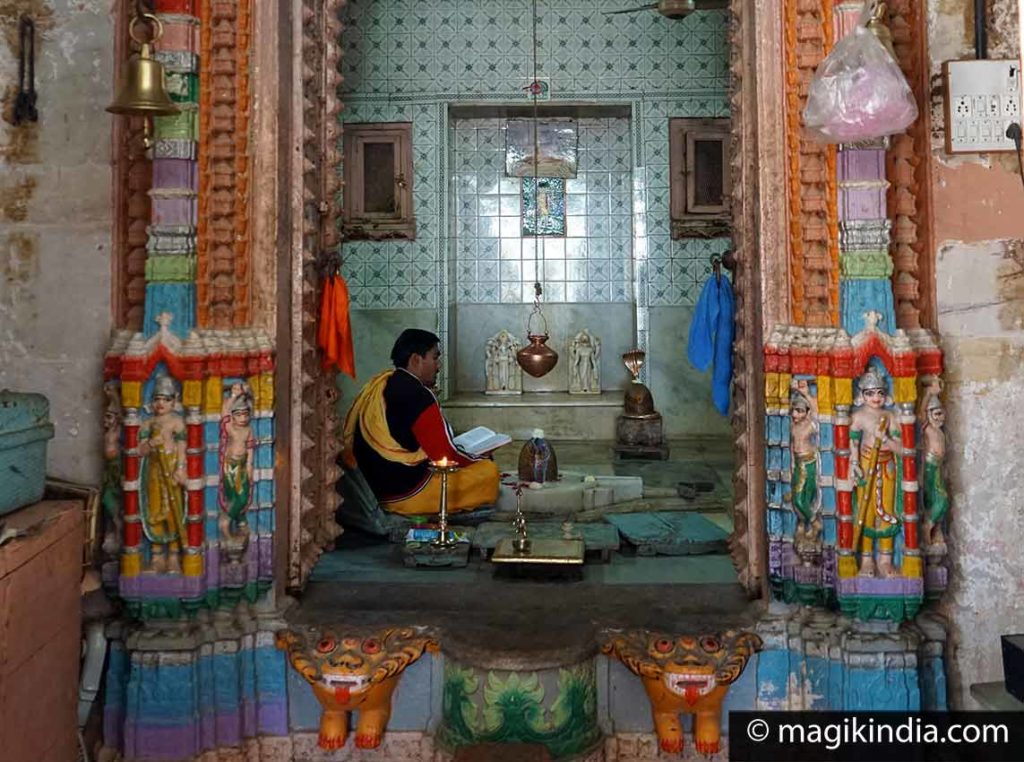
Ardeshwar Temple
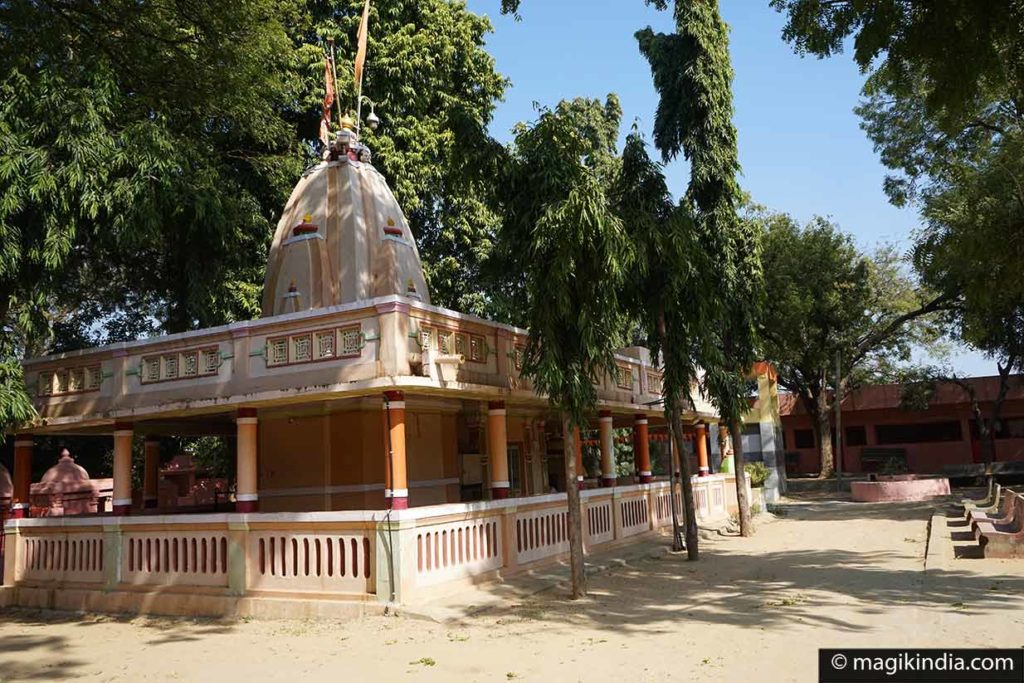
Ardeshwar temple has long been associated with Nath Sampraday (siddha initiation).
A Siddha is a term that is used widely in Indian religions and culture. It means “one who is accomplished”. It refers to perfected masters who have achieved a high degree of physical as well as spiritual perfection or enlightenment.
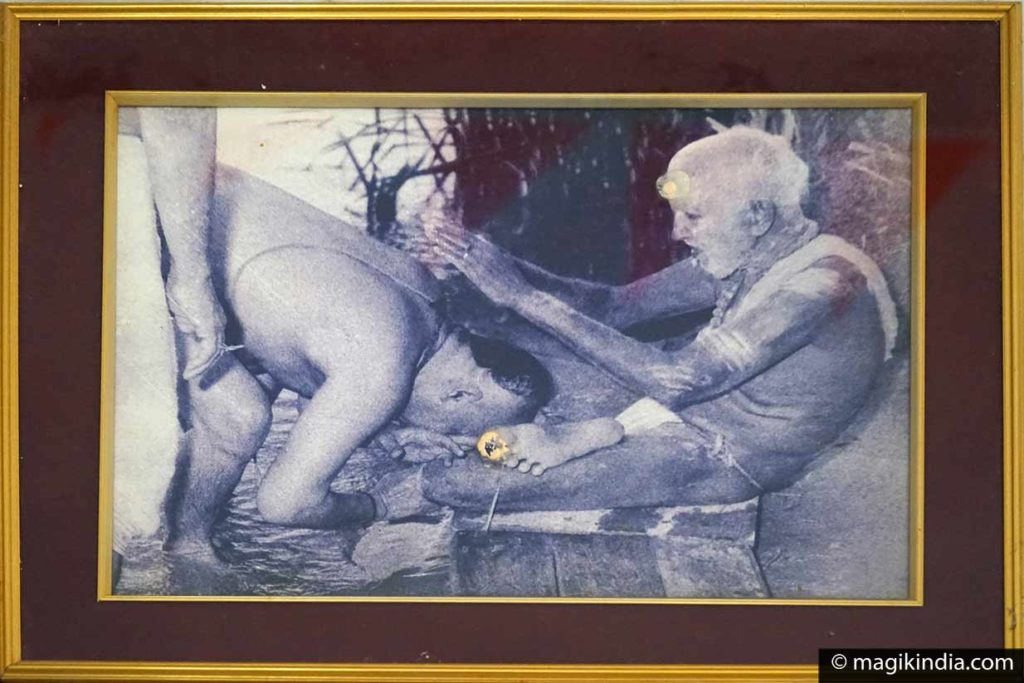
It was there that Devshankarbapa Bhatt, an ascetic, considered a holy man, stayed for 50 years. He died in 1978.
One of the five Swayambhu Lingams of Siddhpur is in this temple. Many different Pujas (rituals) are still conducted here.
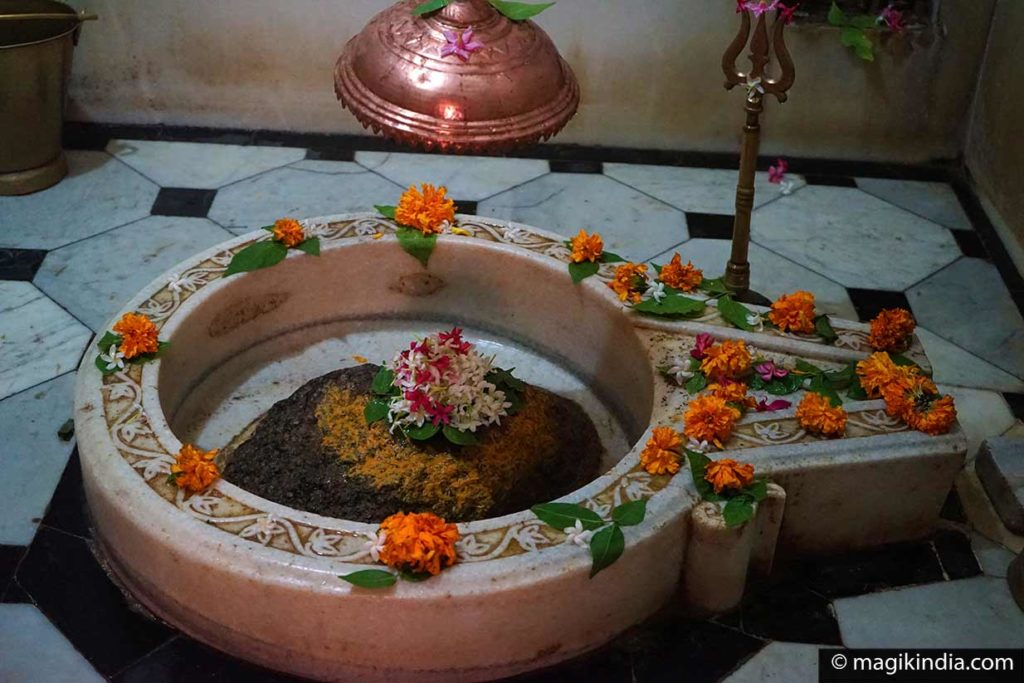
Bhramandeshwar Temple
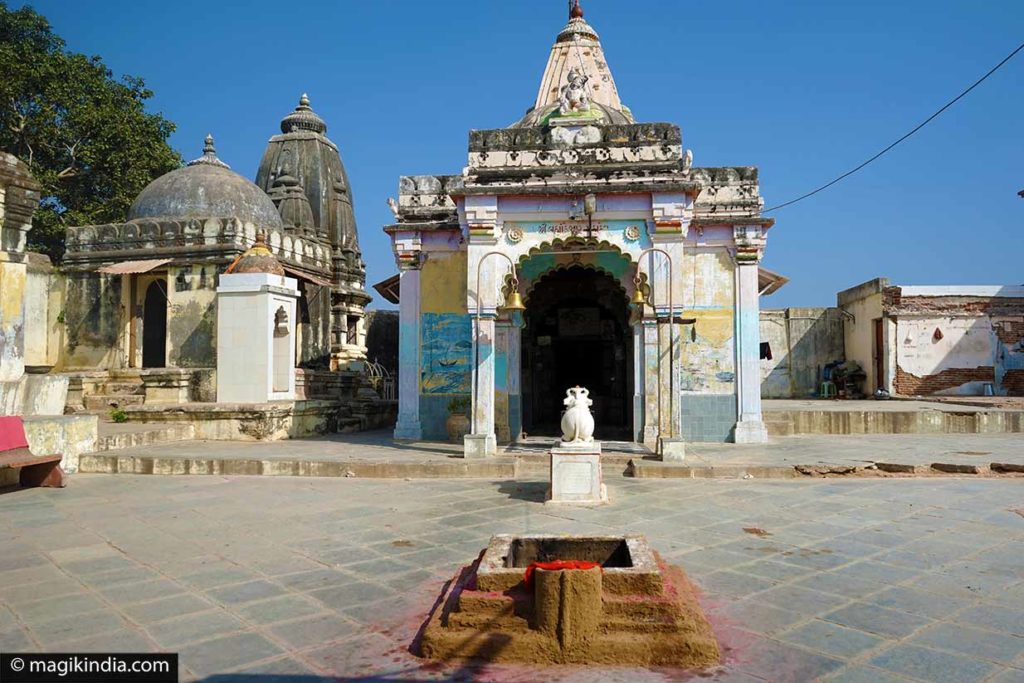
This lovely temple stands on the other side of the Saraswati river, across town. It houses another Swayambhu Lingam, called Dhagla Bapji.
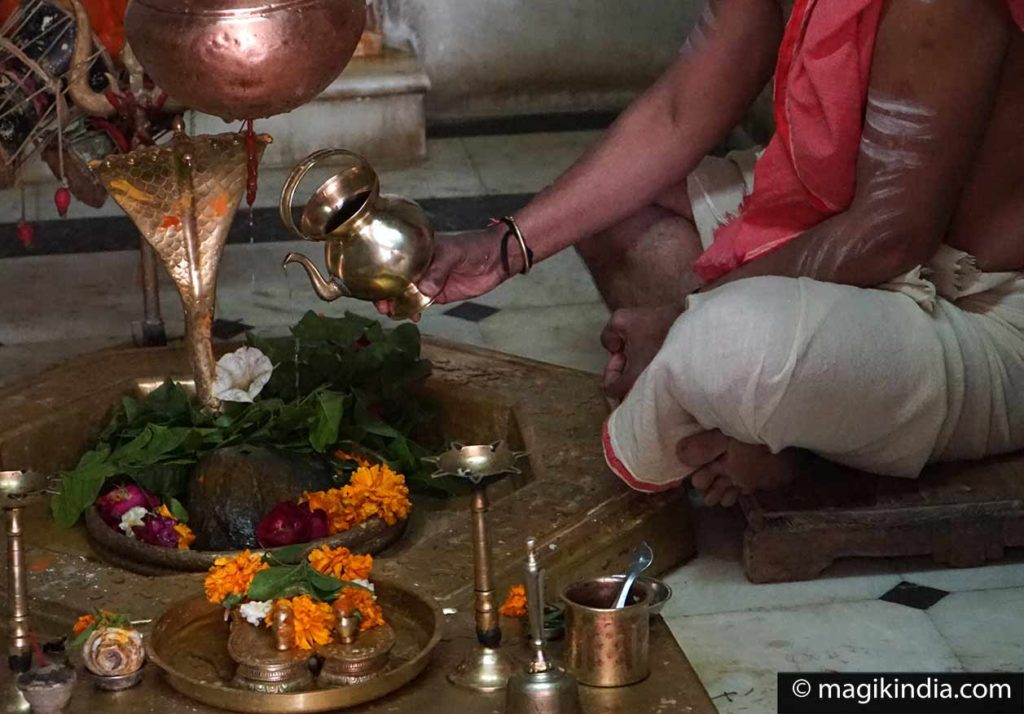
Valkeshwar Temple
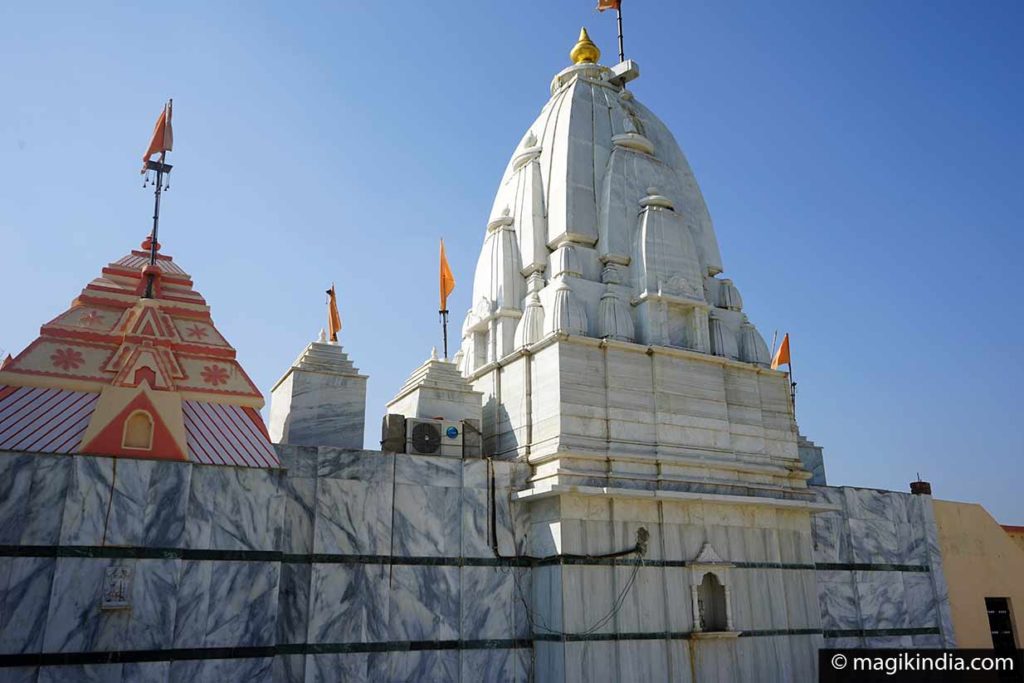
The Walkeshwar temple also has one of the five Swayambhu Lingams of Siddhpur. It stands on the opposite bank of the Saraswati, near Bhramandeshwar Temple.

Vatesvar Temple
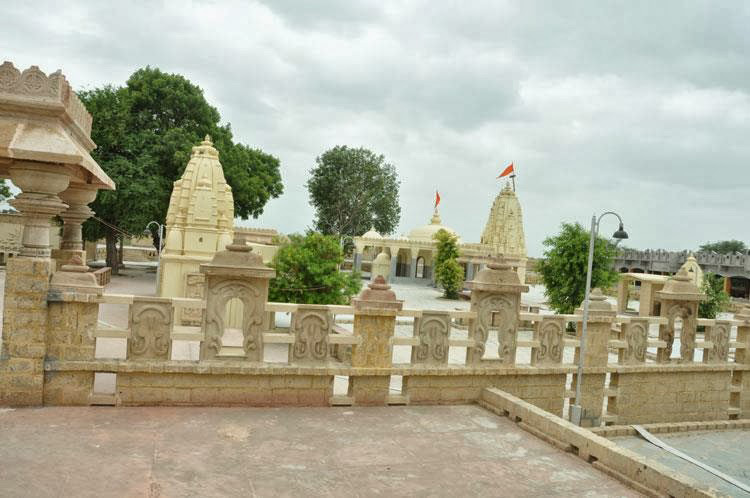
Vatesvar Temple is about 6km from Siddhpur, in the village of Dethli. It is connected with the sage Rishi Dadhichi.
According to legend this is also where the Pandavas brothers took refuge during their exile. The temple houses one of Siddhpur’s five Swayambhu Lingams.

Muktidham
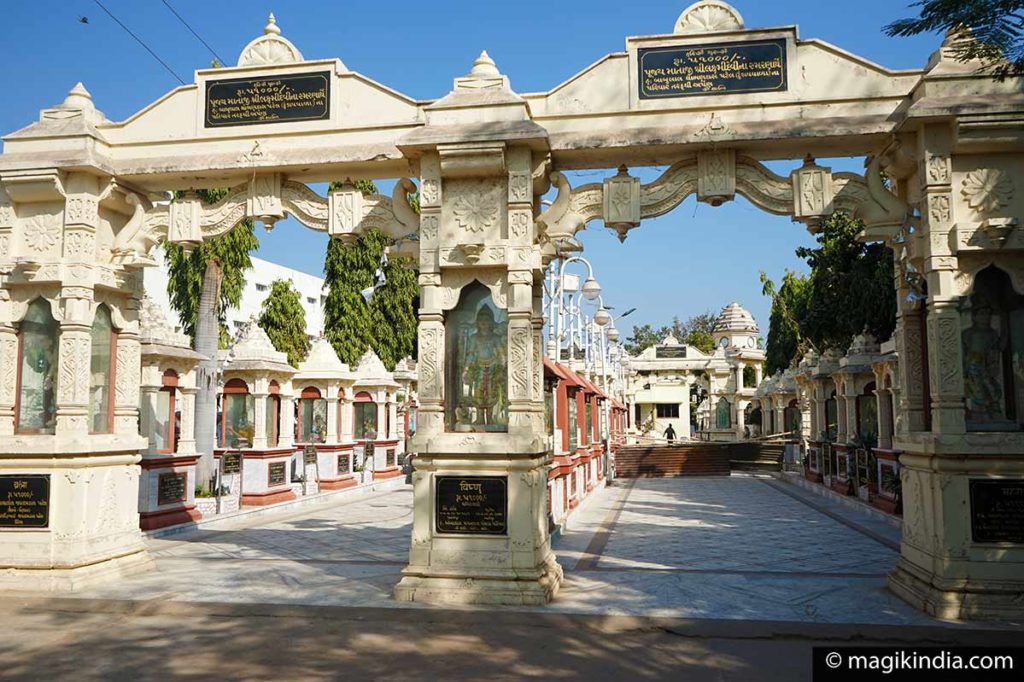
Muktidham is a smashan, a cremation ground, and is well known for its sacred funerary rites. It is said that the souls of the dead can find salvation (mukti) here.

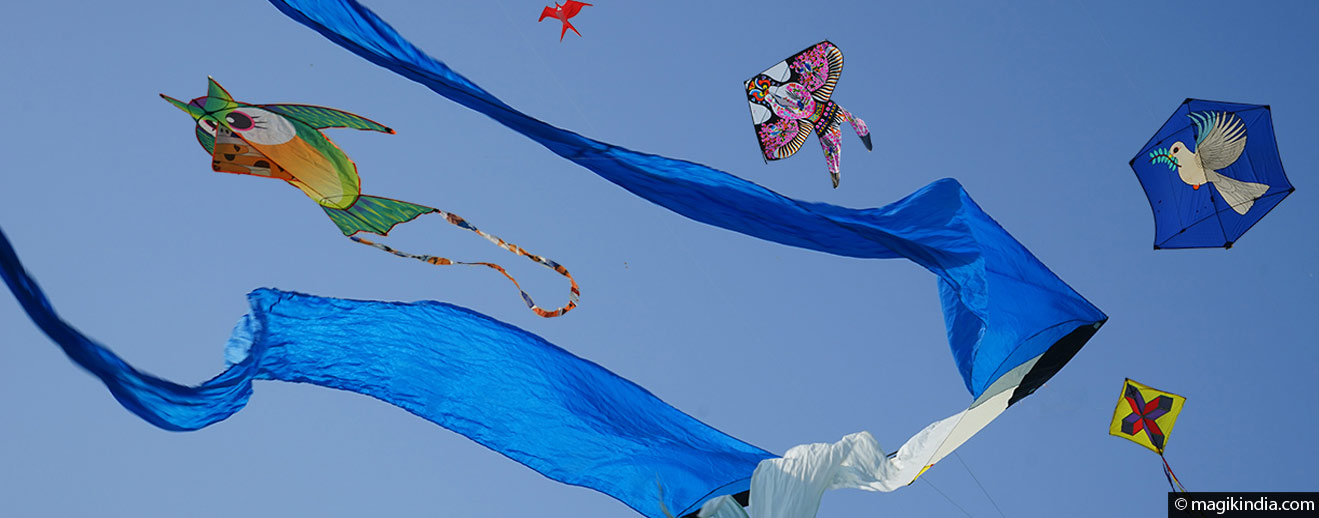
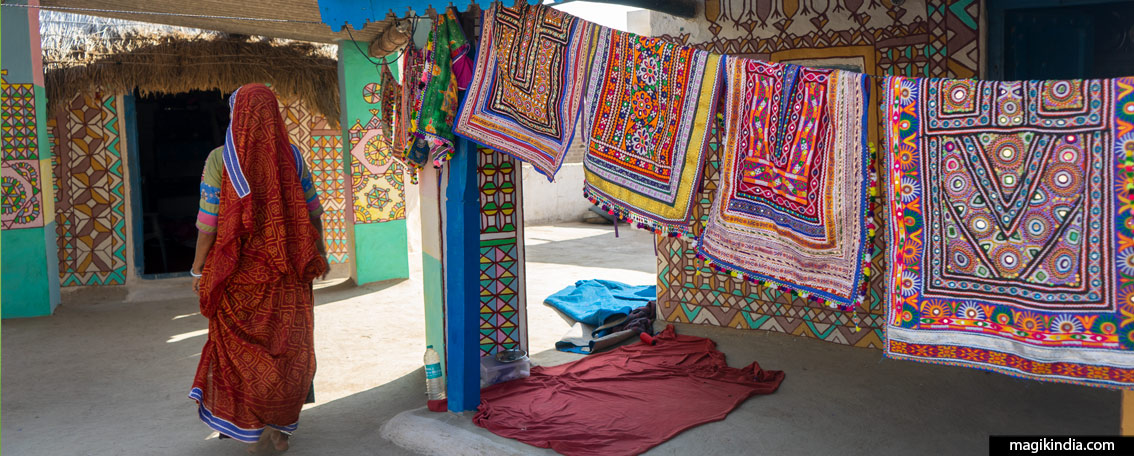

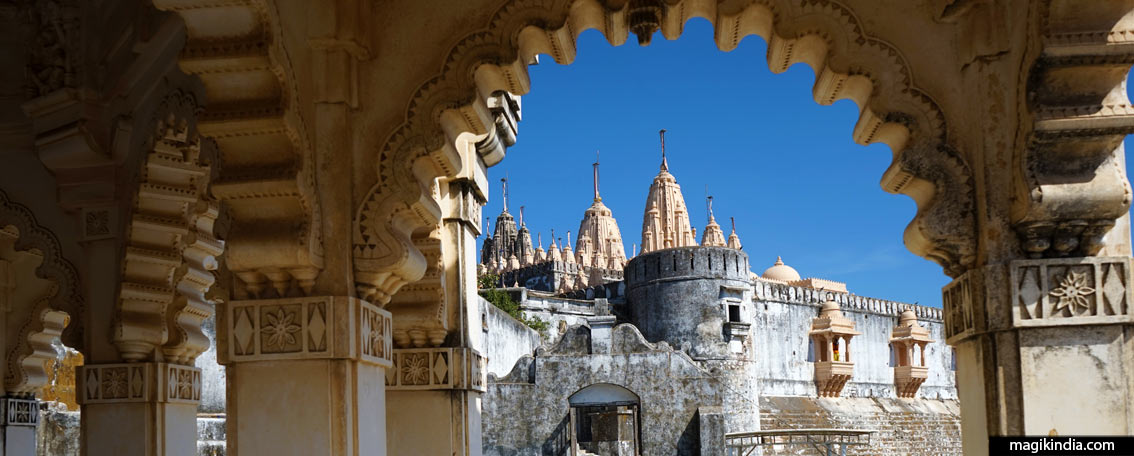

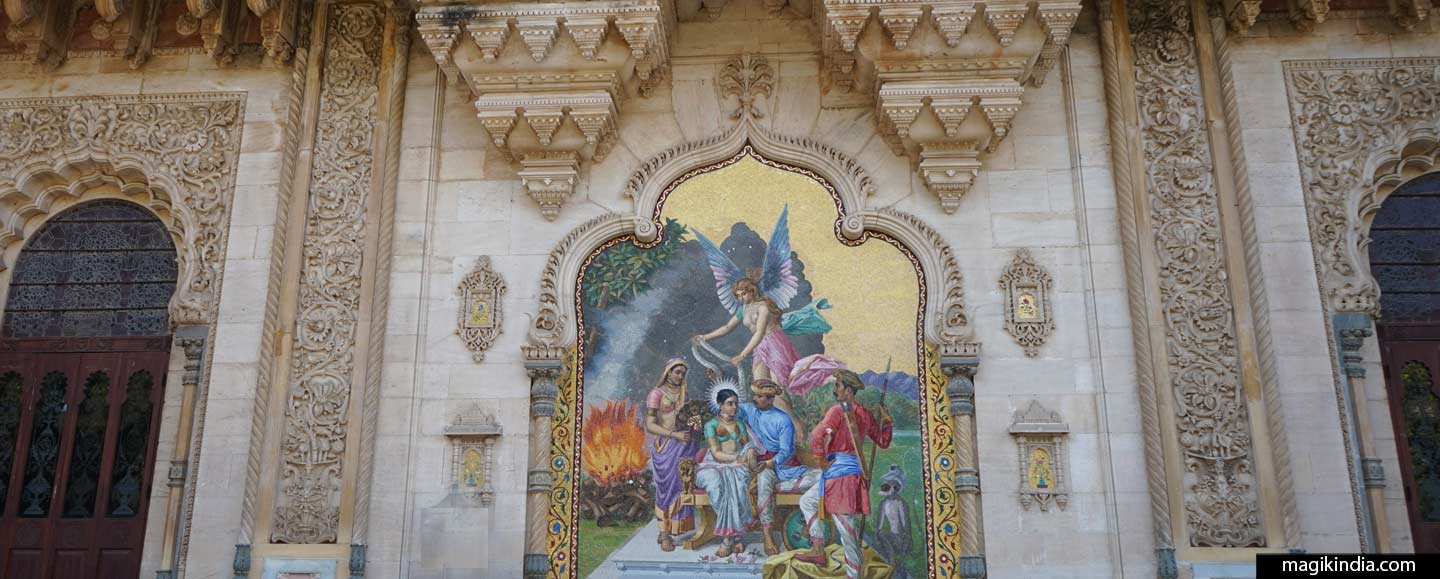
Overwhelmed with details and responses and replies. Great
Thanks Dakshay!
Great blog. Siddhpur is my favorite place in the whole world, it is my hometown. It is a place where time has stood still and will forever remain still because of the extreme penance of Rishi Kardama and Kapila Muni Bhagwaan. Also, five Swayambhu Lingams at once make the Tirth very powerful and lively. You can feel immense peace and renunciation vibrations in Siddhpur, and the groundbreaking sadhana done by DevShankar Bapa is still felt in the heart of each devoted Brahmin and others as well. The pious land of Ardeshwar Mahadev and Tapobhumi can really transport you to an older time of truth and renunciation. The great Vishnu Avatar Shri Kapila Muni imparted the knowledge of Samkhya Yoga, the sixth avatar of Shri Vishnu that is Bhagwaan Parshuram also has prominence in this ancient land of Shristhal. All of these spiritual giants and their extreme penance and understanding of truth make this place a heaven for those who revere the truth of life. Chandrakant Gurumaharaj, Dongreji Gurumaharaj, and Rang Avdhut Guru Maharaj blessed this place by putting their lotus feet on this land. Har Har Mahadev
Thanks for your kind and interesting message Kedar Raval. Hari Om. Mathini
Thanks for your kind and interesting message Kedar Raval. Hari Om. Mathini
Is accommodation available in Mathru Gaya?
If so any contact address may pl be shared.
yes there are hotels there, Anand guesthouse for instance : https://www.google.com/travel/hotels/s/4XM8Zk5kAVn5ZvBHA
Great post. Were these photos of Sidhpur taken in 2019? I know for sure that the most beautiful three storeyed building shown in the left of your first picture ( of the main street) was demolished in 2019. It was a sad end to one of the most magnificent havelis in Sidhpur
Hi Sandesh, thanks for your message. The pics were taken before 2019 and I haven’t gone there since then. It’s too bad to hear this building was demolished :(. tks for informing. Mathini
Shiv Swayambhu temples of Siddhpur come from original mythological history since lord Kapil. Must visit vareswar, arvdeswar, valkeswar, Brahmandeswar,Siddheswar, Lord Givindji, Madhavi. On Saraswati river Laxmi residing deity is called Sristhal.B hagvat written Vyasmuni told facts of Rugved big city on Saraswati River.
Dear Dr Balakrishna, thanks for your message. However, please don’t promote your services on this website. Spirituality is Bhakti not a financial purpose. Regards, Mathini
Great information . will visit Siddhpur shortly.
along with place if you have mention about travel time by road from patan, Ahemadabad etc, near by places can be very useful.
Thanks Keyuri for your kind message. Yes true, I’ll add some travelling details. take care, Mathini
From Ahmedabad it takes 2 hours to reach. Roads are nice.
Winter will be better season to visit.
thanks for these precisions Lata. Namaskaram, Mathini
ಸಿದ್ದಾಪುರ ದಲ್ಲಿ ಪ್ರಮುಖವಾಗಿ ಮಾತೃ ಕಾರ್ಯ ಮಾಡುವ ಸ್ಧಳ ಎಂದರೆ ಈಗಿರುವ ಬಿಂದು ಸರೋವರವೇನ ಅಧವ ಬೇರೆ ಇದೆಯ.
Thanks 🙂
Thank you for giving such a great information about Siddhpur. Actually currently I am at Siddhpur for shooting of an Advertisement. I was think that I have to know about the place which is I visiting firstly in my life. Gained knowledge about Siddhpur and their Kathas because of Magik India and blog writer; thanks to both. The blog writer is written this blog very beautifully. He/She told all Kathas and incidents in very fewer words. Because of this type of writing the reader does not get bored with it. Great!! Thank you, Aum Namo Narayana, Mahadev Harr.
Thanks Jagpal for your nice review! have a great visit of Siddhpur, which is a very peculiar town. Jai Prema Shanti, Mathini
ಸಿದ್ದಾಪುರ ದಲ್ಲಿ ಪ್ರಮುಖವಾಗಿ ಮಾತೃ ಕಾರ್ಯ ಮಾಡುವ ಸ್ಧಳ ಎಂದರೆ ಈಗಿರುವ ಬಿಂದು ಸರೋವರವೇನ ಅಧವ ಬೇರೆ ಇದೆಯ.
thanks for your reply…. in Kannada 🙂
Good day! This is kind of off topic but I need some advice from an established blog.
Is it tough to set up your own blog? I’m not very techincal but I can figure things out pretty fast.
I’m thinking about creating my own but I’m not sure where to start.
Do you have any tips or suggestions? Thanks
Hare Krishna Mathini, looking at your website, photos and explanations, I’m a little afraid that you’re an Iskcon ex gurukuli .. right? your site is really amazing, with places we do not know exist. I would like to know how you work. If I wanted to visit some of the places that you suggest, you would accompany me or give me information about how to get there, where to stay etc. Very grateful for your attention. Jay Sriman Narayana! Haribol!
Hi Kula, no I don’t belong or was in Iskcon mission. I’m just a lover of India and of its ancestral culture. 🙂 Please feel free to contact me through email.
Jai Prema Shanti
Mathini